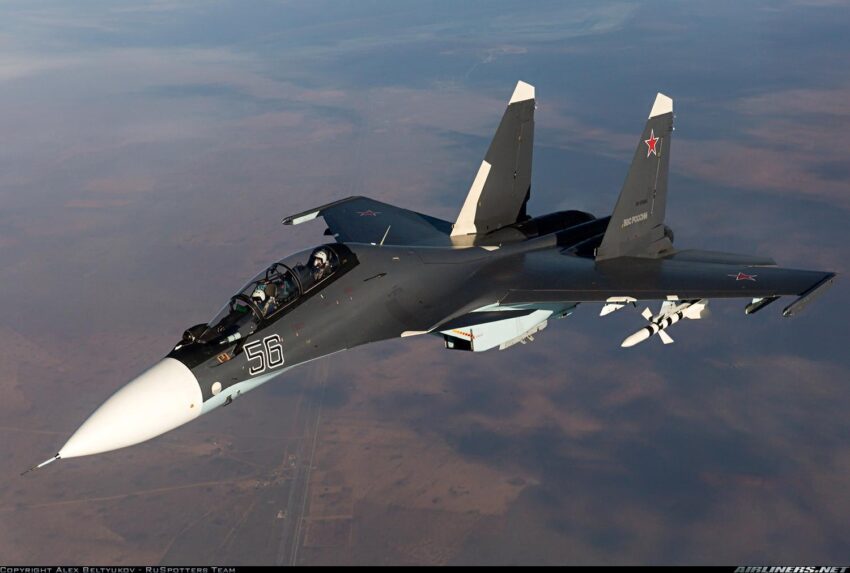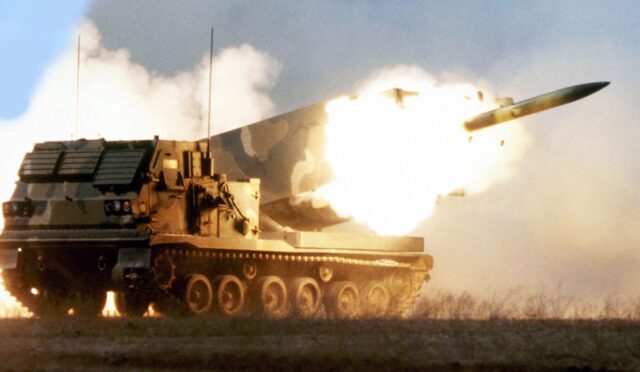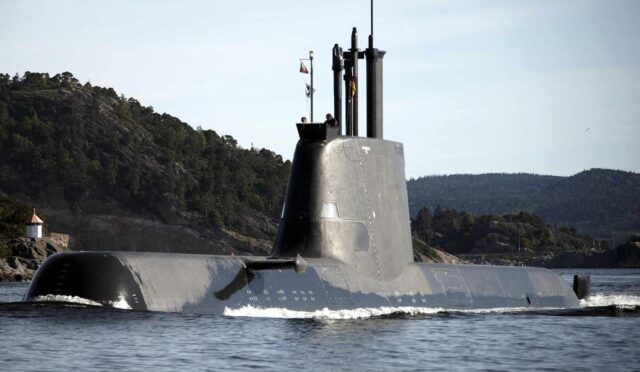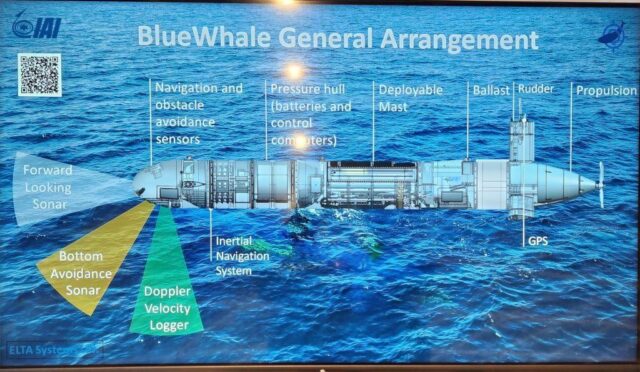Belarus Receives New Batch of Sukhoi Su-30 Fighter Jets
The Belarusian Ministry of Defence has welcomed a new fleet of Sukhoi Su-30 fighter jets in a move that deepens military ties with Russia. These advanced aircraft were produced at the Irkutsk Aviation Plant, a state-owned facility in Moscow, and include the upgraded SM2 variant, characterized by enhanced engines, radar, and weaponry. The exact number of jets delivered remains undisclosed by both the Belarusian Air Force and Russian officials.
Reports emerging from TASS, a Russian state news agency, indicate that these newly acquired Su-30s will play a crucial role in training the Belarusian armed forces. Several pilots have already undergone flight training within Russian borders, marking a significant step in their preparedness to utilize this sophisticated military hardware.
Upcoming Military Enhancements for Belarus
In addition to the Su-30 jets, Belarus is on track to receive more fixed-wing and rotary-wing aircraft from Russia later this year. This initiative is part of the nation’s broader strategy to modernize and refresh its military capabilities. Andrey Lukyanovich, the Commander of the Belarusian Air Force and Air Defense Forces, announced the imminent arrival of Mi-35M helicopters, underscoring the ongoing enhancement of Belarus’s aerial forces.
Lukyanovich also highlighted that the new Su-30s are anticipated to commence their primary mission of conducting combat air patrols for air defense within the next week. This readiness further signifies the urgency with which Belarus is advancing its military fortifications.
International Context of Sukhoi Su-30 Deliveries
The timing of this announcement coincides with Russia’s completion of previous Sukhoi Su-30 deliveries to Myanmar, which were finalized in January under a military contract initiated in 2018. This trend in military cooperation highlights a growing international interest in the Su-30 aircraft, as other nations are also pursuing similar deals.
For instance, in 2024, India has ordered the localized production of these jets in collaboration with Hindustan Aeronautics Limited. Ethiopia has also confirmed its plans to acquire an undisclosed number of these Russian-origin aircraft. Such developments indicate a robust market for the Su-30 model, pointing to its strategic significance in global military dynamics.
Specifications of the Su-30 Fighter Jet
The Su-30, known by NATO as the ‘Flanker,’ boasts impressive specifications that enhance its combat effectiveness. Measuring 22 meters (72 feet) in length with a wingspan of 15 meters (49 feet), the fighter is equipped with a 30-millimeter automatic cannon, a range of guided and unguided bombs, as well as multi-domain missiles, providing it with versatile operational capabilities.
Moreover, the aircraft has a substantial internal fuel capacity of 9,400 kilograms (20,723 pounds) and a maximum takeoff weight of 24,900 kilograms (54,895 pounds). Powered by dual engines, the Su-30 can reach speeds of up to 1,140 knots (2,111 kilometers or 1,312 miles per hour), with a service ceiling of 17,000 meters (55,774 feet) and an operational range extending to 1,600 nautical miles (2,963 kilometers or 1,841 miles). This combination of speed, range, and weaponry cements the Su-30’s reputation as a formidable combat aircraft.







